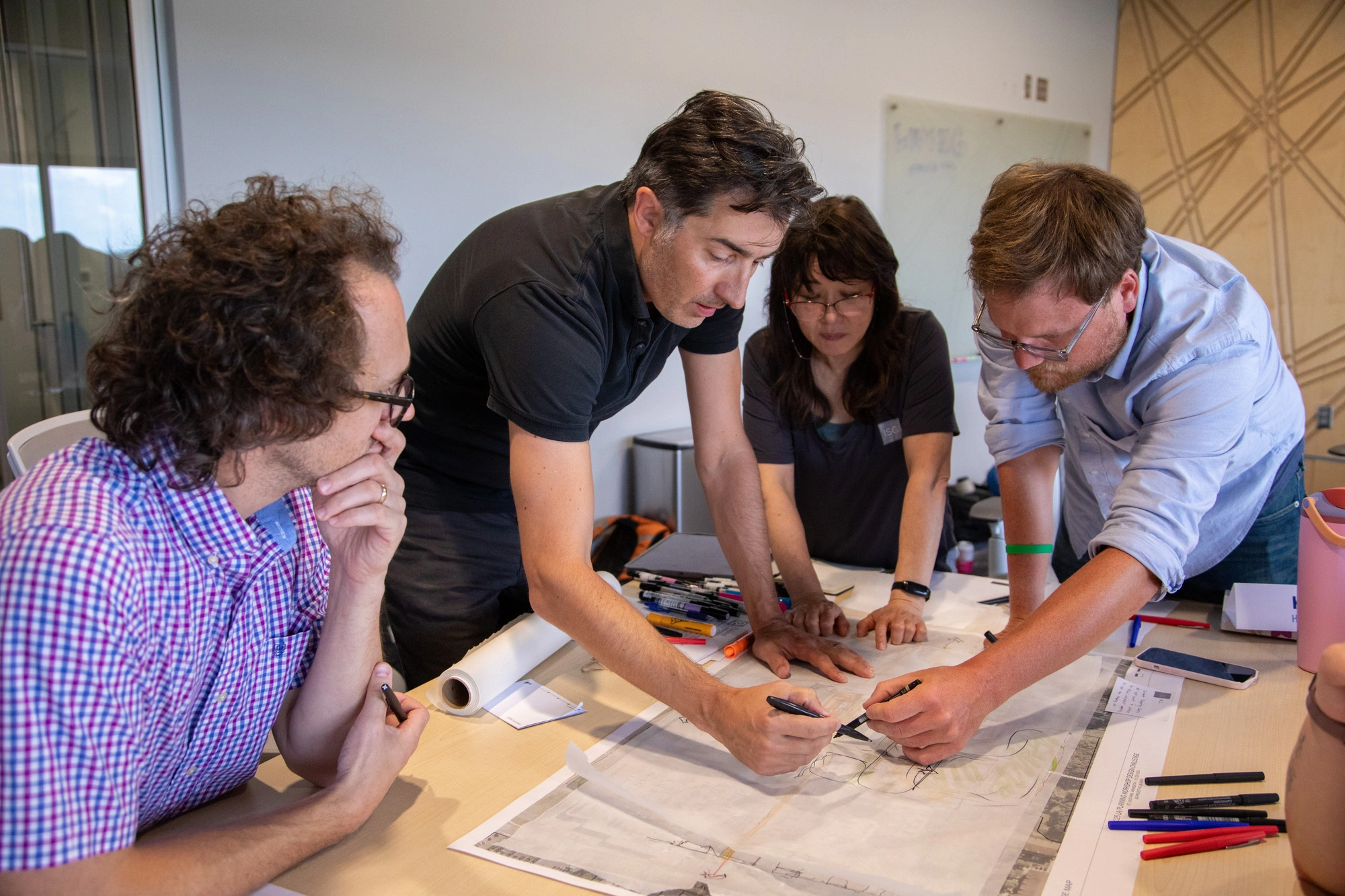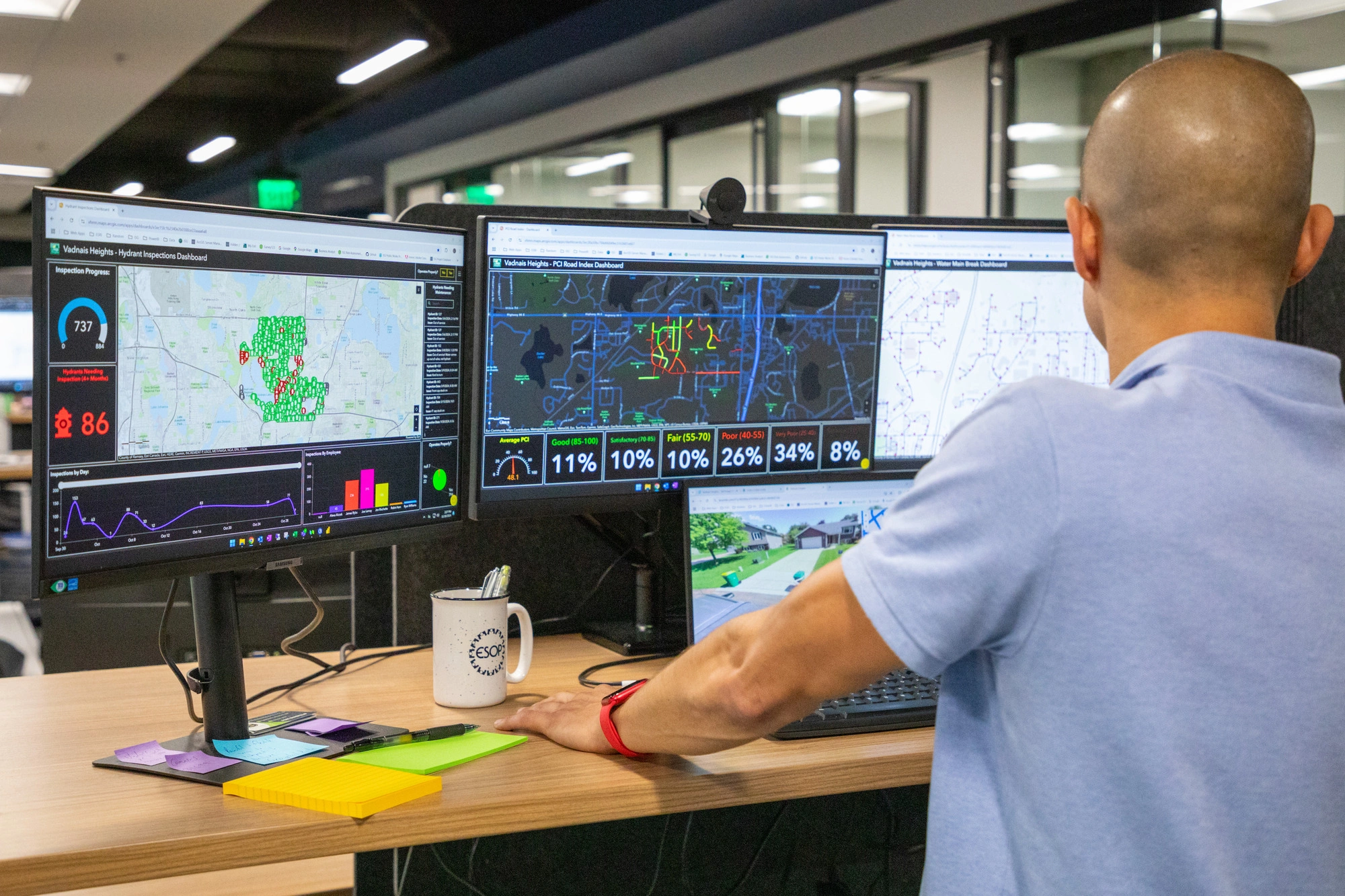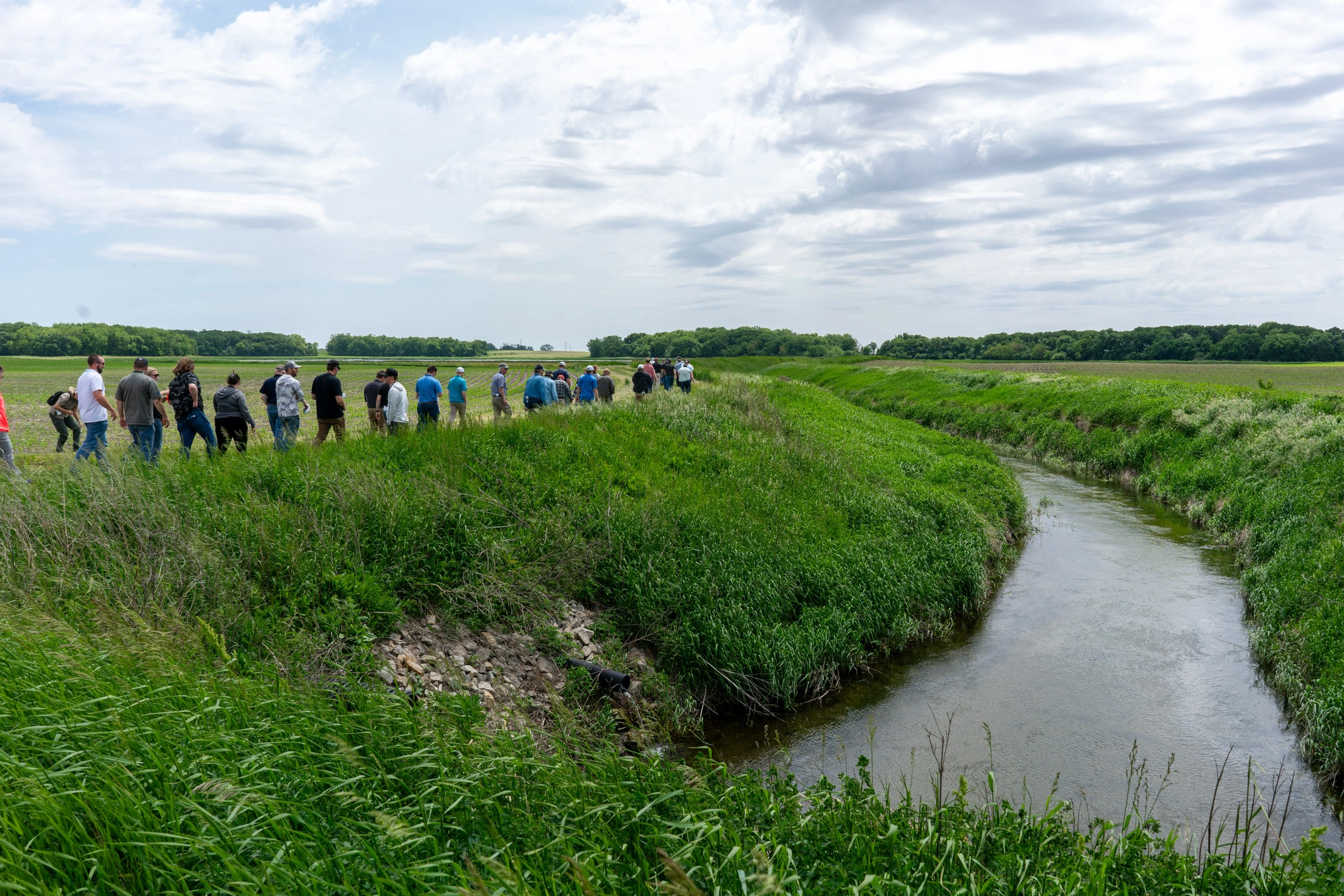Watershed Moments: Looking at the Big Picture
When addressing water quality and watershed improvements it is important to start by looking at the watershed—the land area that drains to a waterbody whether it be a river, lake, or ocean. Watersheds come in different scales, from the

Mississippi River that spans 33 states, to the much smaller Heron Lake watershed in southwestern Minnesota. Though small, these watersheds have a mighty story to tell in how to effectively improve water quality and restore habitat in a rural landscape.
Why Watersheds Matter
Watersheds matter because of the value they provide to surface and ground water, and wildlife habitat. For example, Heron Lake, a large prairie pothole wetland, was once critical migratory habitat for waterfowl and shorebirds. However, excessive nutrients promoted the growth of invasive species, which in turn reduced the amount of wild celery, a key source of food for Canvasbacks and other species of ducks. However, this important habitat’s population numbers are a fraction of their historic totals.The story doesn’t end there though. Together, the Heron Lake Watershed District (HLWD) and ISG are working with rural landowners and other local partners to implement projects throughout the watershed that will have a meaningful impact on water quality in South Heron Lake. Strategic investments in these smaller watersheds can lead to big changes for larger systems like the Mississippi River and Gulf of Mexico.
Partnerships Make It Happen
Major efforts require collaboration among a variety of public and private stakeholders to be successful. The HLWD in southern Minnesota has a robust history of implementing successful improvement projects made possible through strong partnerships and a mix of public and private funds and grants.Together with stakeholders, watershed districts in rural settings like Heron Lake work to accomplish key water quality goals through a variety of projects. For HLWD, these include:
- Restoring wetlands
- Re-establishing and enhancing native habitat
- Alleviating erosion through streambank restoration
- Reducing flooding by incorporating practices that reduce peak flows
ISG has supported HLWD in building consensus with stakeholders, designing repairs and improvements, and raising funding necessary to implement these multi-benefit solutions on a watershed scale. To address identified water quality goals, HLWD develops a phased approach and implementation plans that target specific areas and practices to produce measurable results. Currently, HLWD is targeting water quality in South Heron Lake with the following strategies and best management practices:

HLWD Phase 1 Highlights:
Streambank restoration and stabilization
2 wetlands
9 alternative side inlets

HLWD Phase 2 Highlights:
11 water and sediment control basins (WASCOBs)
Improved wildlife habitat
Flood protection by reducing peak flows
Funding Makes It Possible
Most watershed districts have their own funding authority with landowners covering repair costs, while grant funding is utilized for improvement-related costs that enhance water quality and the habitat. Plus, they collaborate with other agencies to make local funds go as far as possible.

“The HLWD is very excited to have been awarded grants to install wetland restorations, alternative side inlets, and water and sedent control basins for landowners within the Jackson County Judicial Ditch (JD) 19 and JD 3 watersheds.” – Jan Voit, HLWD District Administrator
Providing grants for water quality improvements, above and beyond what the landowners provide for repairs, makes these projects much more achievable. Backed by strong partnerships and adequate funding, watershed advocates are better equipped to make a big difference in water quality.
#ISGIngenuityatWork #ISGWaterSolutions #ISGAgriculture #JointheConversation
Related Articles

.webp)
ISG Recognized as a 2025–26 Emerging Professional Friendly Firm for the Fourth Consecutive Cycle
ISG has been honored as a 2025–26 Emerging Professional Friendly Firm by AIA chapters in North Dakota, South Dakota, Wisconsin, and Minnesota in recognition of its commitment to fair compensation, licensure support, mentorship, and growth for early-career architects.













